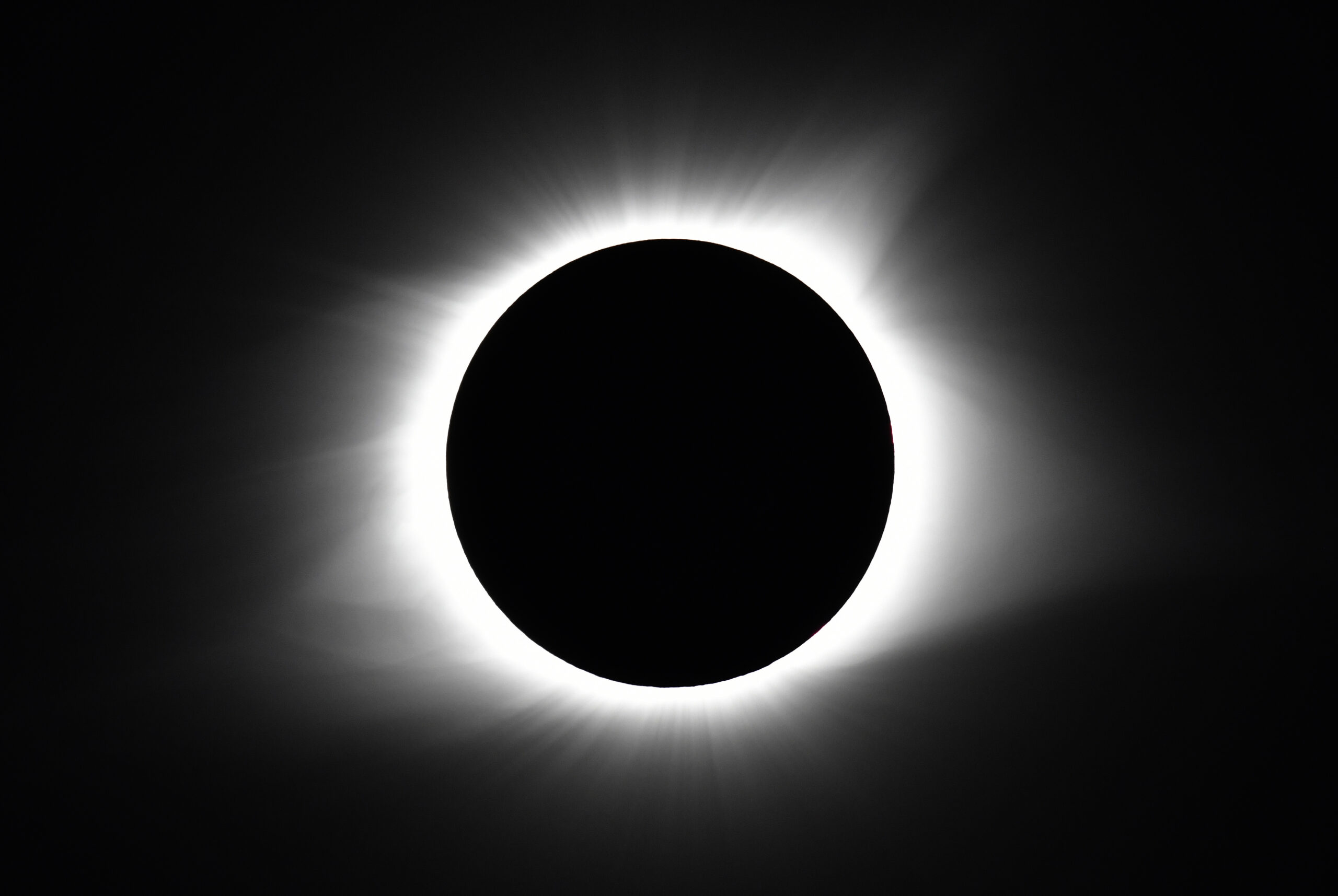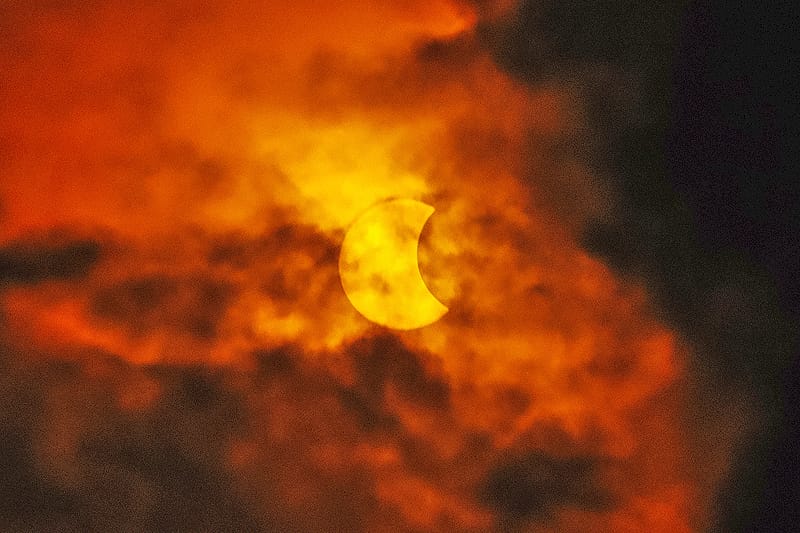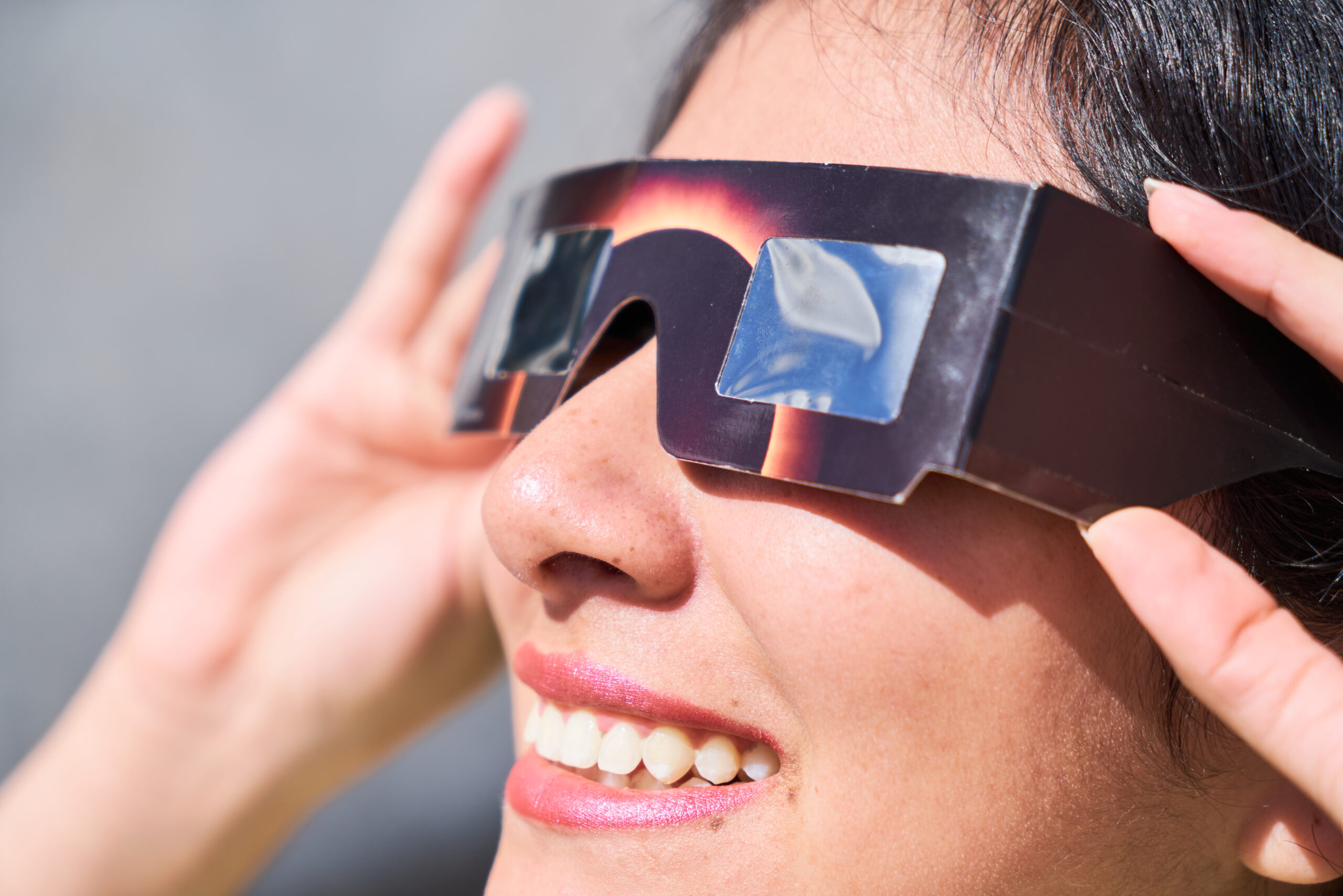
Brunei’s eclipse absence prompts reflections on safety and readiness for the celestial marvel
Excitement mounts among individuals across North America as the countdown begins for the highly anticipated total solar eclipse Monday (April 8).
Yet, amid the anticipation, it’s essential not to overlook a crucial aspect: safeguarding your eyesight during this extraordinary celestial event.
The Great North American Eclipse, last observed on August 21, 2017, earned its moniker due to its expansive path of totality. Stretching from the West Coast to the East Coast of the contiguous United States (US), this celestial event captured the awe and wonder of spectators nationwide.
As the moon completely blocked out the sun, casting a momentary shadow across the land, areas along the path of totality experienced a surreal period of darkness amidst the daylight.
This rare occurrence stirred immense excitement and captured widespread attention, marking the first total solar eclipse visible from the US mainland since 1979.
This coming total solar eclipse will grace the skies, tracing a narrow path from Texas to Maine.
While only a fortunate few along this track will witness the breath-taking totality, a partial eclipse will be visible throughout all 48 contiguous US states, promising a celestial spectacle for all to behold.
As reported by Business Insider, Canada’s Niagara region has declared a ‘state of emergency’ in anticipation of the expected influx of a million total solar eclipse watchers.
While the phenomenon may not be visible in other parts of the world, the Bulletin reached out to executive committee member Mohammad Husaini bin Ali Hassan of the Astronomical Society of Brunei Darussalam, for insights.
“On April 8, a total solar eclipse will be visible in the Americas and Greenland area only. The eclipse will occur from around 11.42pm to 4.52am on April 9 local time in Brunei Darussalam.
“Unfortunately, this year, the total solar eclipse cannot be observed from Brunei Darussalam and other Asian countries,” said Mohammad Husaini.
Mohammad Husaini also offered valuable advice, emphasising the importance of eye protection for anyone planning to view the solar eclipse in the Americas and Greenland area.

He recommended using safe methods such as shade 14 glasses, solar filters, or investing in a telescope projection.
Insights from Professor Emeritus of Optometry and Vision Science Dr Ralph Chou at the University of Waterloo, Canada, have illuminated the dangers of observing solar eclipses without adequate eye protection.
Dr Chou’s research revealed that exposure to the sun’s ultraviolet and visible light during an eclipse can result in solar retinopathy – a condition marked by retina damage.
According to Dr Chou, “Staring at the sun during a solar eclipse, even for a short time, can cause permanent damage to the retina, resulting in loss of vision or blindness.
“It’s crucial to use certified solar viewing glasses or other safe viewing methods to protect your eyes.”
Recent studies by the American Astronomical Society (AAS) have underscored the significance of utilising certified eclipse glasses for safely observing solar eclipses.
These specially designed glasses, meeting established safety criteria like ISO 12312-2, provide effective shielding against harmful solar radiation, significantly mitigating the potential risk of eye injury. Astronomer Dr Jay M Pasachoff and Chair of the International Astronomical Union’s Working Group on Solar Eclipses, stressed the importance of prioritising eye safety during eclipse events.
“The sun’s rays can cause serious and irreversible damage to the eyes if viewed directly,” Dr Pasachoff warned.
“It’s essential to use certified eclipse glasses or other approved viewing methods to safely observe the eclipse.”

For those seeking alternative ways to enjoy the eclipse safely, creating a pinhole projector using common household materials like cardstock or cardboard is a fantastic option. This ingenious method enables observers to see a projected image of the eclipse without risking direct exposure to the sun’s rays.
Moreover, witnessing crescent-shaped shadows cast by trees or other objects can offer a distinctive and safe viewing experience for eclipse enthusiasts.
As the world eagerly anticipates the mesmerising spectacle of the forthcoming solar eclipse, ensuring the health and safety of our eyes should be our top priority.
Although Brunei won’t experience the solar eclipse today, enthusiasts can still embrace the celestial event safely by heeding the advice of experts like Dr Chou and Dr Pasachoff. By adhering to established safety protocols, viewers can enjoy the spectacle while safeguarding their vision, ensuring they’re ready for future eclipses. – Rizal Faisal




